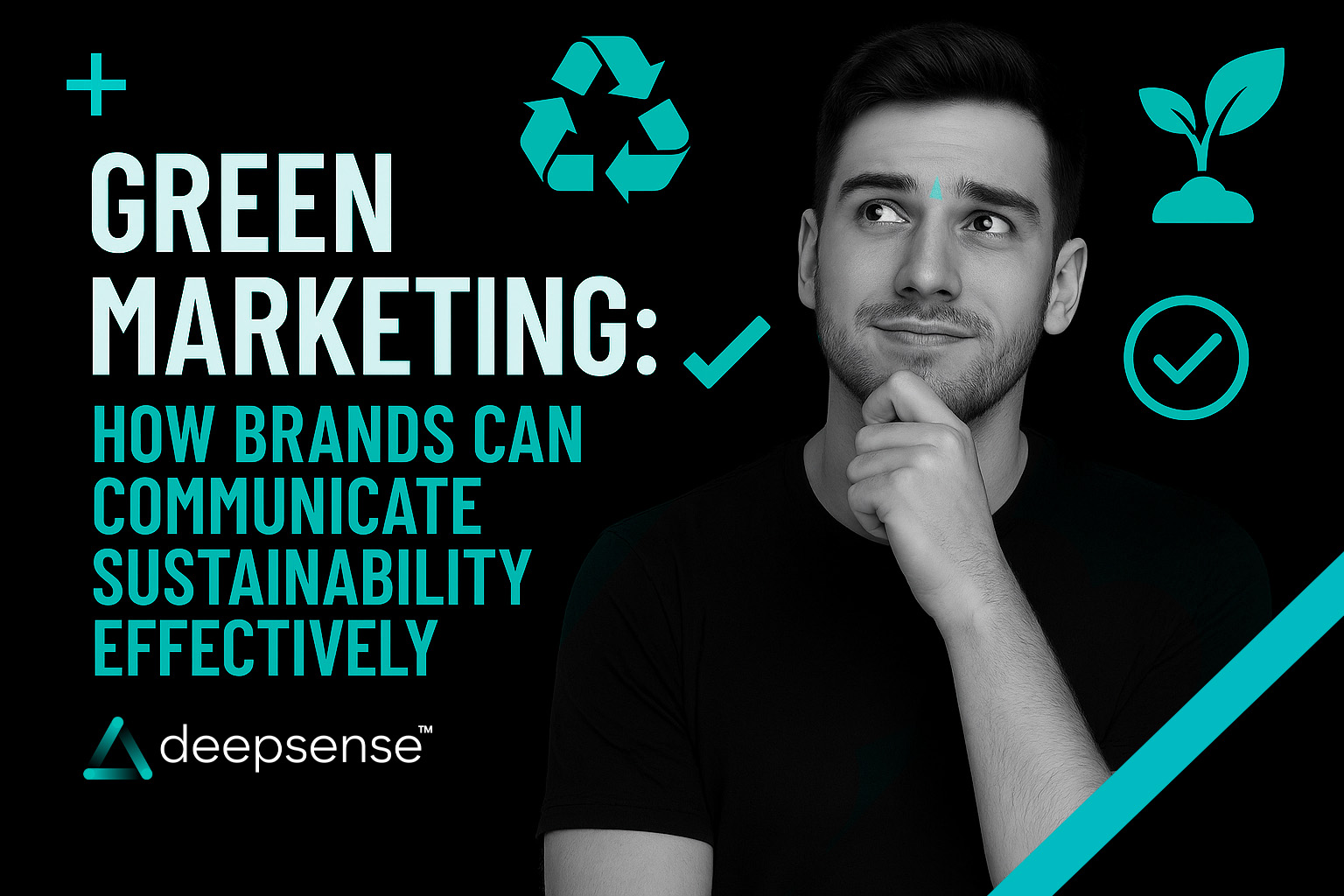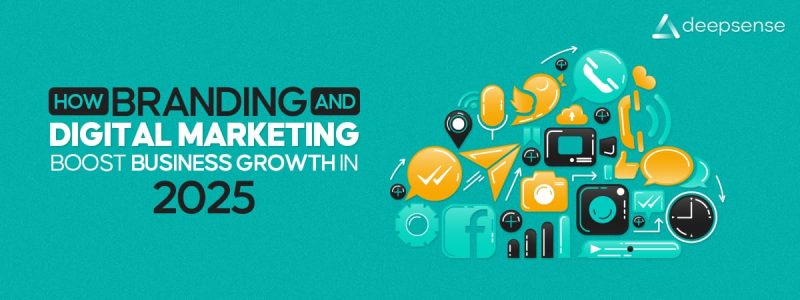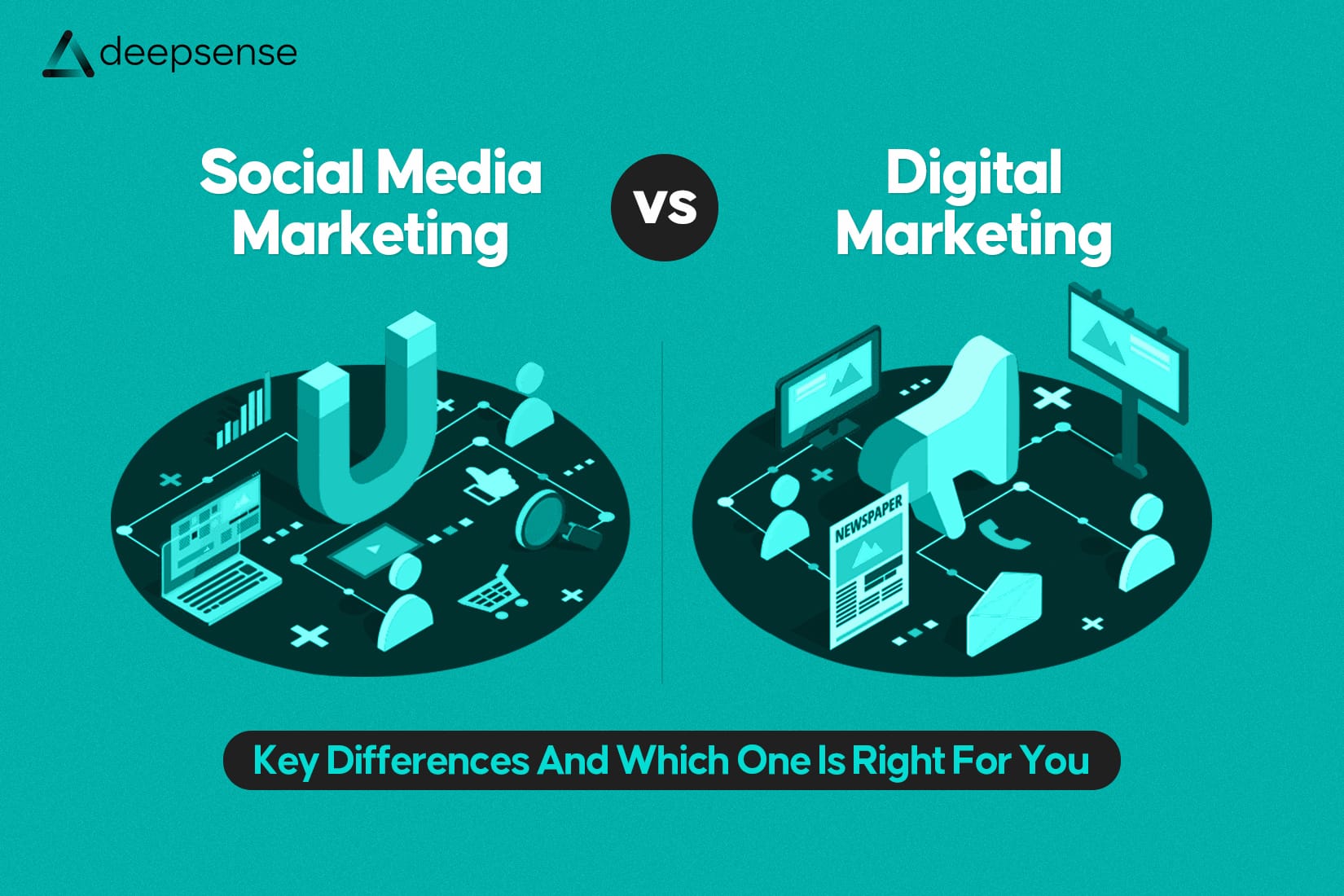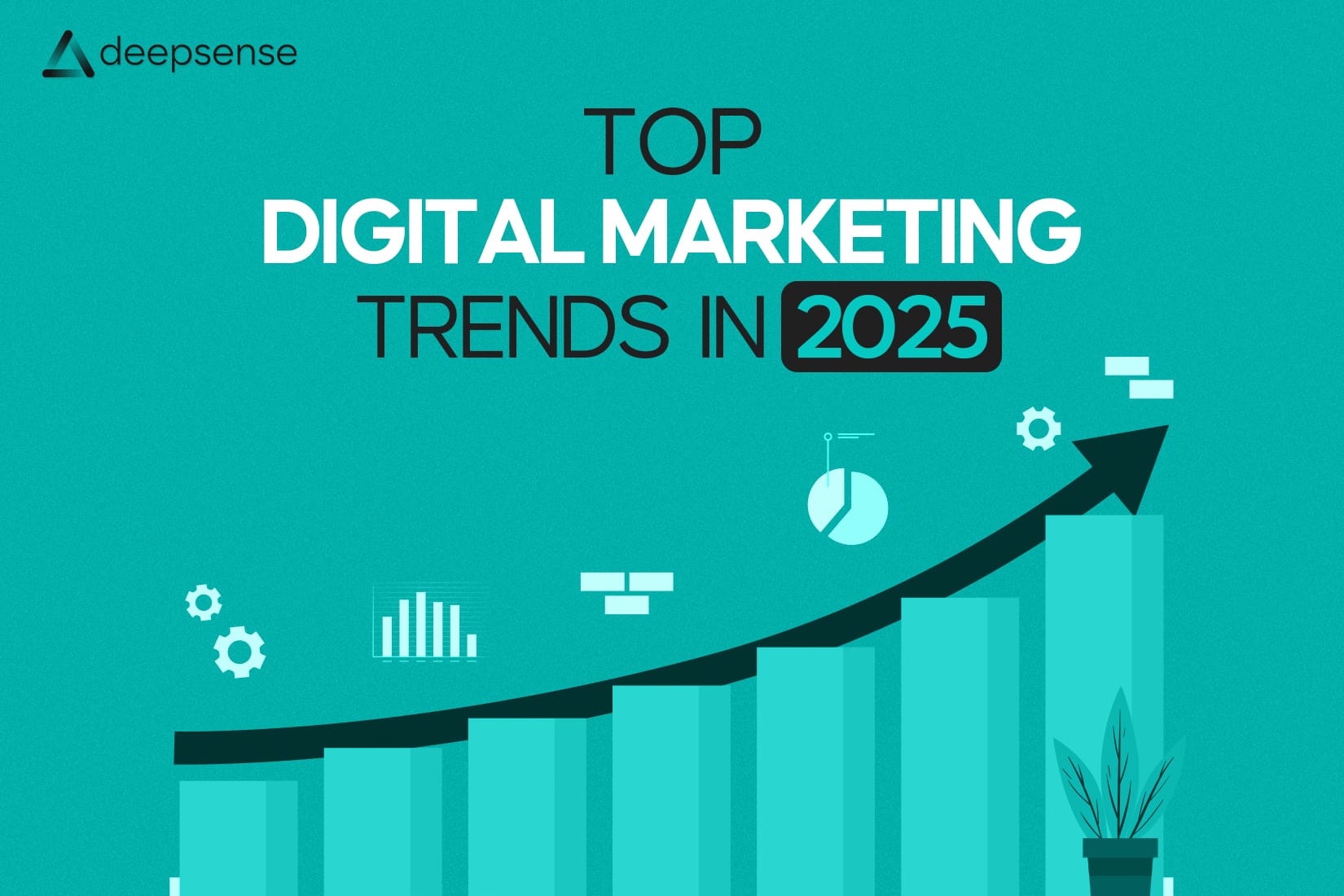Let’s face it: the world is warming up, literally and figuratively.
We’re facing wildfires, floods, plastic-filled oceans, and a growing sense that something must change. And while governments and policymakers play their part, consumers are turning to the brands they support and asking, “What are YOU doing about it?”
In this landscape, green marketing isn’t just a trend.
It’s a moral compass, a business strategy, and a customer demand, all rolled into one.
So, how do you, as a brand, rise to the occasion?
Let’s dive deep into how to market sustainability authentically, strategically, and impactfully.
First, What Exactly is Green Marketing?
Green marketing (or sustainable marketing) is the practice of promoting products, services, or brand values based on environmental benefits. These could be:
- Eco-friendly production methods
- Recyclable packaging
- Low carbon footprints
- Ethical sourcing and fair trade
- Renewable energy usage
- Plant-based or cruelty-free products
But let’s be clear, green marketing is not about faking it or slapping on a green logo.
It’s about building trust and genuinely reflecting the values of today’s eco-conscious consumers.
The Shift in Consumer Behavior
Today’s consumer isn’t just shopping for a product, they’re voting with their wallet.
- 81% of consumers feel strongly that companies should help improve the environment. (IBM, 2023)
- Gen Z and Millennials, especially, actively research brand ethics before purchasing.
- Terms like “biodegradable,” “carbon neutral,” “zero waste,” and “sustainable fashion” are seeing skyrocketing search trends globally.
In short: Sustainability sells. But only if it’s real.
Greenwashing: The Trap to Avoid
One of the biggest threats to green marketing is greenwashing, when brands make misleading claims about being eco-friendly.
For example:
- A product says “all-natural” but is filled with synthetics.
- A fast-fashion brand runs an Earth Day campaign while mass-producing throwaway clothes.
The result? A loss of consumer trust that’s incredibly hard to earn back.
Tip: Always back your claims with facts, certifications, or transparent processes. Don’t say you’re saving the planet unless you can show how.
The Pillars of Effective Green Marketing
Let’s break it down. If you’re a brand committed to sustainability, here’s how you market it the right way:
1. Start with Self-Audit: Get Your House in Order
Before launching a “green” campaign, you must ask:
Are we truly sustainable? Where can we do better?
Conduct an environmental audit across your:
- Supply chain
- Packaging
- Manufacturing processes
- Energy consumption
- Waste management
Once you know your impact, set actionable goals like:
- “We will switch to 100% recycled packaging by 2026.”
- “We aim to become carbon neutral in 3 years.”
These goals become your anchor messages in green marketing.
2. Turn Complexity into Clarity
Sustainability is a technical topic, but your communication shouldn’t be.
Speak human. Speak simple. Speak clear.
“Our operations align with Scope 2 renewable energy procurement goals.”
“We now run all our factories on 100% wind energy.”
Consumers don’t need jargon.
They need to understand, trust, and connect.
Think: If you can explain it to a 10-year-old, you’re doing it right.
3. Be Transparent – Even About Imperfection
Consumers don’t expect you to be 100% perfect.
They expect you to be honest.
Create a sustainability section on your website where you share:
- Your journey so far
- Your current challenges
- Real stats (e.g., “We reduced plastic use by 38% in 2024.”)
- What you’re still working on
Say this proudly:
“We still use plastic in 40% of our products, but we’re actively testing sustainable alternatives and plan to phase it out by 2026.”
This builds authenticity, the currency of modern marketing.
4. Tell Stories That Inspire Emotion
Sustainability is not a number, it’s a story.
Make people feel the impact.
- Show your farmers planting organic cotton.
- Post behind-the-scenes of your team switching to recycled materials.
- Share a story of your lab developing a biodegradable product.
Emotions drive action.
The more visual, human, and emotional your green story, the stronger the consumer connection.
5. Let Your Customers Be the Heroes
People want to feel like they’re making a difference. Let them!
Add copy like:
“By choosing this refill pack, you saved 30g of plastic from entering the ocean.”
“You just offset 1 kg of CO₂ with your purchase.”
Even better?
Encourage user-generated content:
- Customers showing your sustainable products at home
- #EcoWithUs campaigns
- Reviews that mention your green mission
Let them be co-authors of your brand’s sustainable story.
6. Embrace Certifications & Partnerships
Don’t just say you’re eco-friendly, prove it.
Use certifications such as:
- Fair Trade
- B Corp
- Leaping Bunny (cruelty-free)
- USDA Organic
- FSC Certified (wood and paper products)
Collaborate with NGOs or environmental initiatives.
For example:
- For every purchase, plant a tree (with Tree-Nation or One Tree Planted).
- Partner with Plastic Bank to clean ocean waste.
These alliances elevate trust and impact.
7. Involve Your Whole Brand Ecosystem
Green marketing doesn’t just live in ads.
Embed it across:
- Product design: Make sustainability a key feature.
- Packaging: Use compostable or recycled materials with messaging that educates.
- Customer service: Train teams to explain your sustainability values.
- Logistics: Offer carbon-neutral delivery options.
Green marketing is strongest when sustainability becomes your brand identity, not just your campaign.
Brand Case Studies to Learn From
Patagonia
- Rejects overconsumption with campaigns like “Don’t Buy This Jacket.”
- Repairs products for free to reduce waste.
- Donates 1% of sales to environmental causes.
Love Beauty and Planet
- Uses bottles made from 100% recycled plastic.
- Carbon tax is self-imposed and reinvested in reforestation.
- Messaging is young, fun, and accessible, making eco cool.
Allbirds
- Carbon footprint labeled on every product.
- Innovates with sugarcane-based soles and eucalyptus tree fabric.
- Transparent about emissions and constantly working to lower them.
The Benefits of Green Marketing (When Done Right)
- Builds deep customer loyalty
- Increases word-of-mouth referrals
- Creates a differentiator in crowded markets
- Attracts younger, socially conscious audiences
- Helps future-proof your brand for climate regulations
In a noisy world, integrity is the loudest voice.
Final Takeaway: Green Is the Future, But Only If It’s Real
Green marketing isn’t a logo. It’s not a campaign. It’s a promise, to your customer, your planet, and your brand’s long-term reputation.
So if you’re doing the work, show it. If you’re not there yet, own it and start. Because sustainability is no longer a brand value. It’s a business necessity.
TL;DR (Too Long? Here’s the Wrap-Up)
- Green marketing is promoting your brand’s environmental efforts truthfully and clearly.
- Avoid greenwashing, be honest about where you are.
- Use visual storytelling, transparent reporting, and clear language.
- Involve customers, certify your claims, and make sustainability part of your brand’s DNA.
FAQs
1. What is meant by green marketing?
Green marketing refers to the process of promoting products, services, or business practices that are environmentally friendly. It involves highlighting sustainability efforts such as eco-friendly packaging, renewable energy use, ethical sourcing, and reducing carbon footprint. The goal is to meet consumer demand for more responsible brands while also protecting the planet.
2. What are the 4 Ps of green marketing?
The 4 Ps (Product, Price, Place, Promotion) of traditional marketing take on a sustainable twist in green marketing:
- Product: Must be eco-friendly, safe, and made from sustainable or recycled materials.
- Price: Should reflect the environmental benefits, often slightly higher due to ethical sourcing or green production.
- Place: Focuses on local sourcing and efficient, low-carbon distribution.
- Promotion: Communicates environmental benefits clearly and honestly, without greenwashing.
3. What are the 4 R’s of green marketing?
The 4 R’s represent the core principles of sustainable consumption and environmental responsibility:
- Reduce: Minimize waste and resource use.
- Reuse: Promote products that can be used multiple times or repurposed.
- Recycle: Encourage recycling and use of recycled materials.
- Recover: Reclaim value from used products, such as through composting or energy recovery.
4. What do green marketers do?
Green marketers are responsible for promoting a company’s sustainable practices and products. Their tasks include:
- Creating campaigns that highlight eco-friendly efforts.
- Ensuring product claims (like “biodegradable” or “organic”) are accurate and certified.
- Educating consumers on how their choices make an impact.
- Collaborating with product teams to integrate sustainability into design and packaging.
- Avoiding greenwashing and ensuring transparent communication.
5. What is the aim of green marketing?
The main aim of green marketing is to:
- Promote environmental responsibility.
- Build brand loyalty among eco-conscious consumers.
- Encourage sustainable consumption.
- Differentiate the brand in a competitive market.
- Support long-term profitability through ethical and responsible business practices.
6. What are the 3 Ps of green marketing?
The 3 Ps in green marketing often refer to the Triple Bottom Line:
- People: Focus on social responsibility and ethical labor.
- Planet: Minimize environmental impact and promote sustainability.
- Profit: Ensure long-term financial success while being eco-conscious.
This framework encourages businesses to think beyond just profits and prioritize people and the planet too.











